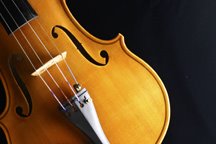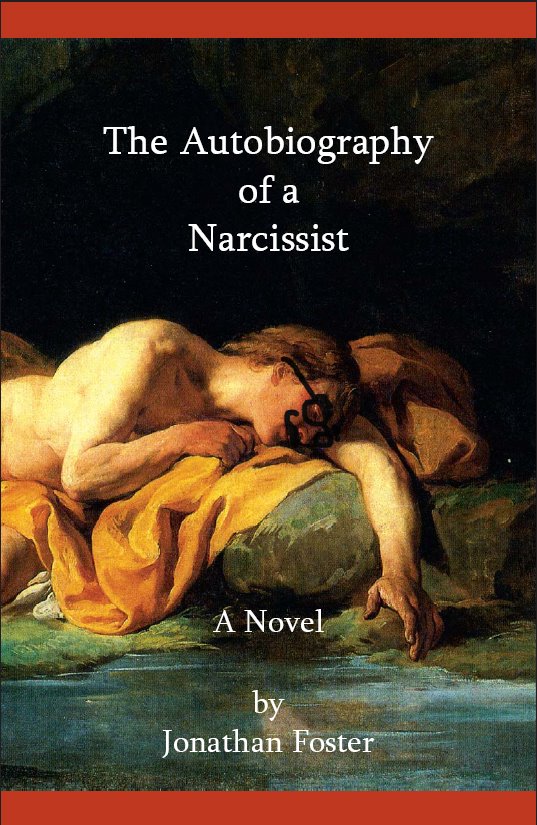My Ego and Amazon

It's addictive, it's disheartening, it's a complete waste of time. This started on Friday, February 17th. I was ranked 97,630th in sales. Out of the millions of books that they sell, and the fact that I had shown no record of sales through Amazon, that number didn't mean much. The next day I looked again. I was 176,304th. Dropping 78,674 places in 24 hours held more meaning than a static number, because I can feel movement. And it felt funny. It felt like more of a blow. It felt as though my online marketing efforts were just not cutting the mustard. Little did I know how difficult the mustard is to cut.
By Saturday I had dropped to 243,243th and on Tuesday I was 327,387th. Later in the week I was 504,467th and 567,264th.
Zero to One
Obviously, the ranking system is based upon how many books you sell. According to Dan Poynter's Publishing Poynters, if you're selling 15 books per week, your ranking will vacillate between 2000 and 9000. If you are selling 265 books per week, your ranking will come in somewhere around 75 to 100. He has no poynter as to how many you must sell to be under 75, but his point is made. According to my weekly sales accounts, I'm somewhere in the range of 0 to 1 book.
This is not necessarily a bad thing. The book has been selling, just not through Amazon, but through the publisher, Booklocker.com. I prefer this because Booklocker and I receive a better payoff. Still, I can't deny that Amazon is booksales in our world today. Unlike how Al Gore invented the Internet, they actually did create the vast realm of Ecommerce as we know it today, and did so with an otherwise poorly selling product: books. Yet for the person behind the book, the world they hatched is very public, completely instantaneous and can make one feel exposed, as though all focus is on the growth-end of the "warts and all" disclaimer.
I needed a little consolation as I was being exiled to the hinterlands of Amazon's ether, so I looked to see who I was sharing the ether with.
Sublime to Infantine
Last Sunday I was at 891,136 right behind "Bronco Buster (Take Ten: Thrillers)"
 by Susannah Brin, a 96 page paperback for reading level 9-12. Fortunately, I found I was ahead of the apparently brainier "Teaching and Learning Personality Assessment (Lea Series in Personality and Clinical Psychology)" by Leonard Handler and Mark J. Hilsenroth. Oddly, there could be a pattern forming. Yesterday I was 933,552nd, right in front of "Commentary on the Psalms" by Allan Harman - and yet trailing "This is the Bear" by Sarah Hayes and Helen Craig. Again, I seemed to be bookended by the sublime and the infantine. Given the nature of AoaN, there is an obvious poignancy here.
by Susannah Brin, a 96 page paperback for reading level 9-12. Fortunately, I found I was ahead of the apparently brainier "Teaching and Learning Personality Assessment (Lea Series in Personality and Clinical Psychology)" by Leonard Handler and Mark J. Hilsenroth. Oddly, there could be a pattern forming. Yesterday I was 933,552nd, right in front of "Commentary on the Psalms" by Allan Harman - and yet trailing "This is the Bear" by Sarah Hayes and Helen Craig. Again, I seemed to be bookended by the sublime and the infantine. Given the nature of AoaN, there is an obvious poignancy here.Today I am 979,630th, a mere 20, 370 spots below a 1,000,000th ranking. One million books above me. That's kind of nice, actually. I can visualize it as a ladder to the moon, so I'm going to try to celebrate the million mark. And I'm going to hope that some more exposure through book reviews (which could take months), this blog and other efforts might give me one or two sales through Amazon so that I might dip back down to the 700,000nds.
Meanwhile, I'll turn my attentions to BarnesandNoble.com, where today I'm a coming in at a more palatable 368,901st.
























 Jonathan Foster is a screenwriter and playwright currently
living in Napa, California. The Autobiography Of A Narcissist
is his first novel.
Jonathan Foster is a screenwriter and playwright currently
living in Napa, California. The Autobiography Of A Narcissist
is his first novel.

